Dissolving the Myth of Tuberculosis Contagion
Koch’s tuberculosis fiasco.
The disease now called tuberculosis was formerly known as consumption, phthisis, the white plague, and scrofula. Keep this in mind when reading through the historical texts in this article.
These older names capture the dreadful symptoms of the disease. The victims were slowly wasting away and being “consumed” by the illness; which is in odds with the idea that tuberculosis is a disease that you “catch” from someone, as described by Chester Levere in 1923.
“Tuberculosis and consumption, like all other diseases are caused by an excess cell and tissue degeneration. These conditions are not caused by germs. Their very nature makes it impossible. The fact that they are of slow growth, requiring months and sometimes years to develop, is sufficient to oppose all thought of contagion. Germs, as stated before, are only scavengers, feeding upon septic matter. They are present in dead and dying tissue to aid in liquefying it so that it may be eliminated from the system. While germs destroy dead tissue in the lungs, they take no part in producing the long train of conditions that bring on the disease, and which may take several years to develop.”
In agreement, Dr. Simon Louis Kratzoff disputed the germ theory of tuberculosis in his 1921 publication entitled Timely Truths on Human Health.
“Some claim that the cause of tuberculosis is a little germ called Bacillus Tuberculosis … We agree with those members of the profession who hold that no germ causes tuberculosis. Germs do not cause any disease.”
With Robert Koch’s discovery of the bacterium claimed to cause tuberculosis in the late 1800s, medical men began to embrace the alleged contagious nature of the disease.
The contagiousness of tuberculosis is now fully embeded in the medical world, as indicated by the Mayo Clinic.
“Tuberculosis can spread when a person with the illness coughs, sneezes or sings. This can put tiny droplets with the germs into the air. Another person can then breathe in the droplets, and the germs enter the lungs. Tuberculosis spreads easily where people gather in crowds or where people live in crowded conditions.”
But did the discoverers of the TB bacterium really prove the contagiousness of the disease?
Paul Clemens von Baumgarten is credited as being the co-discover of Mycobacterium tuberculosis, yet he did not know of a single well-established case of person-to-person transmission. Baumgarten also performed experiments keeping inoculated animals in the same cage as non-inoculated animals; yet no instance of transmission occurred.
“Baumgarten, to whom belongs the credit of being a co-discoverer of the bacillus tuberculosis, and who implicitly believes that this organism is the causative agent of pulmonary phthisis, says that he never knew of a single well-established case of phthisis which was acquired through respiring an atmosphere vitiated by the exhalation of consumptive people. And he further says that during the last ten years he made and had made in the Pathological Institute at Köningsberg a large number of inoculation experiments on rabbits with tuberculous material, constantly keeping inoculated animals in the same cage with the non-inoculated, the latter thus being exposed to an atmosphere infected with bacilli; yet in no single instance was the tubercular poison conveyed from the inoculated to the non-inoculated animal.”
Robert Koch’s experiments involved the inoculation of cultured bacteria into animals. Koch utilized invasive methodologies that did not reflect natural conditions, his results were therefore of low external validity, as noted by Dr. Charles Winslow Dulles in 1897.
“Almost all believers in the infectiousness of consumption have founded their arguments upon experiments that do not seem so conclusive when we reflect that the results of inoculation experiments conducted upon animals of a weak and unresisting constitution, and under circumstances most favorable to the destruction of their health and life, ought not to be compared without reserve to the dissimilar conditions of human beings who usually have the supposed materies morbi brought into contact with their unbroken cutaneous or mucous surfaces and, in the case of the lungs, only after sifting through the nasal passages.”
In his 1884 paper on tuberculosis, Dr. Henry F. Formad describes how Koch ignored the injury afflicted on the animals.
“Koch has not proved that his bacillus is the only agency at work in the production of tuberculosis. Although he undoubtedly inoculated the pure bacillus, he ignored the specific reaction of the soil; and it is the latter which I hold plays. The most important role in determining the formation of tubercle. In introducing the bacillus into the animal organism, another factor—the injury inflicted, and its effects upon the living cells of the body—must be taken into consideration.”
Dr. Formad outlined numerous studies which demonstrated that tuberculosis could be induced by substances other than tubercular, administered by inoculation.
This fact became evident to Dr. Burdon Sanderson, which made him come to the conclusion that “infectious” material was not a necessary prerequisite in the causation of disease by inoculation.
“From these facts it is evident that these lesions can no longer be regarded as dependent on any property or action possessed by the inoculated material in virtue of its having been taken from the diseased organs of a phthisical patient.”
According to Dr. Sanderson, any irritation of the requisite intensity may induce pathological changes indistinguishable from those produced by insertion of tuberculous material.
“In rodent animals the tuberculous process may originate not merely by the inoculation of tubercle, but by any irritation of the requisite intensity applied to the subcutaneous tissue, and that any external injury, provided that the animal survives its immediate effects, is capable of becoming the first link in a chain of pathological changes which cannot be distinguished from those produced by insertion of tuberculous material.”
Such was also confirmed by Dr. Orlando C. Robinson in 1881, who outlined numerous facts refuting the infectious etiology of tuberculosis.
“1. Tuberculosis artificially produced in animals is not due to a specific virus [noxious/infective agent].
2. To produce tuberculosis in animals the inoculation with tubercular matter is not necessary.
3. Failures to produce tuberculosis by inoculation with substances other than tubercular are in the same proportion as failures with true tubercular matter.
4. The introduction under the skin of any foreign substance capable of exciting an inflammation or any traumatic injury can produce tuberculosis, provided the animal is of scrofulous habitus.”
“Germs are present, of course, but they are the result and not the cause of consumption. Throughout nature where we find decay, of animal substance, there we find also scavengers to feed upon it.”
Isaac Burney Yeo published a book about tuberculosis in 1882 entitled The Contagiousness of Pulmonary Consumption and Its Antiseptic Treatment. He describes how numerous researchers opposed the animal experiments purporting to demonstrate infectious transmission. They performed experiments showing that tuberculosis could be produced by the inoculation of various substances, indicating that the affliction was an inflammatory reaction; not an infectious pathology.
“Other experimenters (including Drs Burdon Sanderson and Wilson Fox, in this country) soon opposed other views to those of Villemin and Chauveau. They stated that, in order to produce tuberculosis in rabbits and guinea-pigs, it was not at all necessary to inoculate these animals with tuberculous matter; that they might be rendered tuberculous by other means. They stated that, in the guinea-pig and some other animals, tuberculosis might be produced by inoculations with pus, or with caseous matter of inflammatory origin, or with sarcoma, just as well as with tubercle; that, in the guinea-pig, tuberculosis had been produced by the application of a simple seton; and that, in the rabbit, deep wounds, without inoculations of any sort, would produce pulmonary tuberculosis. Wilson Fox, in his experiments on guinea-pigs, introduced under the skin various substances—portions of putrefied muscle, fatty liver, and even vaccine virus, with the same result; and it was maintained by others that such substances as aniline blue, cinnabar, caoutchouc, cottou, &c., caused similar effects.”

A final nail in the coffin for the doctrine of contagion was provide by Dr. Max Schottelius, who induced pathological changes suggestive of tuberculosis by having dogs inhale aerosolized calf’s brain, cheese, and sputa from patients who did not have tuberculosis.
“[Schottelius] arranged a cage and atomizer after the manner of Tappeiner, and had four dogs inhale daily for several weeks (1) the sputa of phthisical persons (2) sputa from patients who were not tuberculous, (3) finely rubbed up Limburger cheese, and (4) fresh calf’s brain. In all of these there were found similar miliary granulations in the lungs, which, whether they were to be considered as tubercles or not, prove to him that the conclusions of the former experimenters, Lippl and Tappeiner, in assigning a specific character to tuberculosis, were not justified in this regard, since a similar state of affairs could be produced by such different means.”
“Take away the inoculation experiments on animals and you destroy the corner-stone on which those who believe in the communication of tuberculosis from man to man repose their belief.”
Robert Koch himself acknowledged that his attempts to prove the contagious nature of tuberculosis had been a failure.
“Attempts have been made repeatedly to prove the contagious nature of phthisis, but they must be looked upon as failures, as such views have never found acceptance among scientists. Some clinical authorities, to be sure, have not lost view of the possibility of contagion, but on the whole physicians consider phthisis a non-contagious disease.”
Koch introduced a cure for tuberculosis with disastrous results. Many patients died as a consequence of his poisonous drug.
“On Koch’s recommendation tuberculin was hailed with enthusiasm as a cure for tuberculosis and its use begun. It was administered in what we would regard today as massive dosage and the results were disastrous. All over Germany the poor patients were “‘todespritzt’’—injected to death—as this doctor put it. This fiasco resulted in prompt abandonment of tuberculin.”
According to Duncan Turner, a member of the Royal College of Physicians, before Koch’s discovery of the TB bacterium, the prevailing understanding among the medical practitioners was that tuberculosis was non-contagious. The section of the medical profession who subsequently accepted the contagion doctrine were people who gathered their information from the laboratory, not from clinical experience.
“But it was not until the discovery of the tubercle bacillus by Koch in 1882 that the doctrine became general, and although it has never been accepted by the bulk of medical practitioners in Great Britain and Ireland or in the Australian colonies, still it is largely acquiesced in on the continent of Europe and America, and invariably so by that section of the medical profession, found in all countries, which writes but does not practise, and which gathers its information from the laboratory of the physiologist and bacteriologist and not from clinical experience.”
In his 1890 article, Dr. Thomas J. Mays, professor of diseases of the chest, contemplated whether clinical experience could throw any light on the truth or falsity of the contagion doctrine. If tuberculosis was contagious, those who were most exposed to the sick would be more likely to contract it, Dr. Mays postulated.
“Let us see, then, whether clinical medicine is able to throw any light on the truth or falsity of the contagion doctrine. In discussing this side of the question I will start out with the fundamental and self-evident proposition that, if other things are the same, those who are most exposed to a contagious disease are most liable to contract it. It is inevitable, therefore, that physicians, nurses and attendants of consumption hospitals, and intimate relatives of consumptive patients are more subject to the disease than those who are but seldom exposed. What are the facts?”
The facts were in odds with the contagion theory, which Robert Koch conceeded in his 1905 Nobel Lecture; stating that it was very common for tuberculosis patients to live with their families for years without spreading the disease to the family members.
“It can indeed very often be observed that such [tuberculosis] patients live for years with their families, without infecting any of them.”
This matter was outlined by Dr. Thomas Mays, who provided statistics showing that in 1626 married couples where tuberculosis existed in one of the partners, only 2.73% of the consorting partners subsequently became afflicted with tuberculosis.
“When direct statistical evidence, such as that submitted in this paper, shows that among one thousand six hundred and twenty-six married persons, where consumption existed either in the wife or in the husband, only the same disease occurred in the other partner in only forty-four instances, the certainty of non-contagiousness is placed beyond the shadow of a doubt. Here we have the picture of more than 1,600 people who were subjected to a much closer intimacy than that which obtains in any other condition of social life, occupying for years the same bed at night and the same room by day, and yet only forty-four or 2.73 per cent. of the consorting partners became fellow-sufferers.”
The lack of transmission within families made Dr. W. Peyre Porcher question the theory of contagion. He was doubtful if there had ever been a clearly proven instance of infection from a sick to a healthy individual.
“If there were any truth in the theory of the extreme contagiousness of consumption, how many devoted wives who have nursed their husbands through prolonged illnesses would themselves be doomed to a lingering death! How many instances do we see where one death occurs in a family and when no other cases follow at all. Of course we all know of instances where amid unhealthy surroundings, damp, water-soaked buildings, where whole families either become infected or succumb to the disease, but here again we cannot prove that the bacillus tuberculosis was not a product rather than a cause of the disease. It is doubtful if there ever has been a clearly proven instance of infection from a unhealthy to a healthy individual.”
In her 1916 book about tuberculosis, Dr. Maurice Fishberg negates the idea that contact was causally related to the disease which afflicted a minority of consorting partners. He describes how partners to the sick were at no greater risk to develop the disease, and that a German writer found cancer more common than tuberculosis to occur in both partners. The rate of tuberculosis in consorting partners was not more common than the normal occurence of tuberculosis in the population.
“For many years the writer was physician to a charitable society, having under his care annually 800 to 1000 consumptives who lived in poverty and in want, in overcrowded tenements, having all opportunities to infect their consorts; in fact most of the consumptives shared their bed with their healthy consorts. Still, very few cases were met in which tuberculosis was found in both the husband and the wife. Widows, whose husbands died from phthisis, were only rarely seen to develop the disease. This experience is not unique … Pope, Pearson, Elderton, and Goring have made careful statistical studies of this problem in England and arrive at the conclusion that the chances of tuberculosis occurring in both consorts are about the same as insanity, and a German writer has shown that cancer in both consorts is more apt to occur than phthisis … Haupt found among 1553 tuberculous couples that 106, or 7 percent were both affected. This being the highest percentage recorded, it is essential to remember that it is exactly the proportion in which humanity suffers from the disease.”
Dr. Fishberg noted that hospital staff in institutions harboring tuberculosis patients did not suffer from tuberculosis more than others.
“The safety of adults from tubercular infection is shown by the fact that the hospital staffs in institutions harboring tuberculosis patients do not suffer from tuberculosis more than others. Even laryngologists, who are often coughed at while examining patients, are safe, as has been proved by carefully collected statistics.”
This fact was reinforced by Dr. Robert Hunter, a physician with over 50 years of experience and having examined over 50,000 patients. He stated that there was no evidence of any sick-to-well transmission over 60 years in the largest lung-disease hospital in the world.
“The great Hospital for Consumption at Brompton, London, in existence for over sixty years, is the largest hospital for lung diseases in the world. It has a large staff of physicians, with scores of nurses and other hospital attendants. If consumption was infectious it certainly would show itself among those in such close and constant contact with it, in all its worst and most advanced stages; and yet Dr. Williams, the senior physician, says: ‘Infection in the wards of the hospital between consumptives and non-consumptives is unknown.’ ”
[…]
“My own personal experience for more than 50 years of active professional life, the chief part of which has been given to the study and treatment of lung diseases as a specialty—each day being spent in the examination of their chests, analyzing their sputa, exposed at all times to their breath and to emanations from their bodies, with the expectorations always in my cuspidors [spitting bowl]—show conclusively that it is not infectious and cannot be communicated by association. I have never in my fifty years of practice met with an instance of infection, or seen anything to make me believe it could be communicated from the sick to the well.
With the records of over 50,000 cases so examined and treated by me, I am able to speak with all confidence and assured judgment in saying that there is no warrant or foundation for any belief consumption is infectious or communicable in any degree or under any circumstances whatever. The assumption that it can be communicated is disproved by the statistics of consumption in all civilized lands, by the reports of consumption hospitals and all institutions for the treatment of lung diseases, and by the united clinical experience of scientific specialists throughout the civilized worlds who have made lung diseases a life study.
No physician can believe consumption is infectious without discrediting the annals of his own profession, the teachings of its leading authorities, and the overwhelming judgment of the great body of medical practitioners. In the face of these facts, the setting up of this bogy and fake infection was an outrage and crime against truth, science and humanity ... Consumption is not infectious—It is not communicated from sick to the well.—And it can neither be prevented nor cured by segregation in pest hospitals.”
Medical men were not suffering from tuberculosis more than other professions, despite their frequent exposure to the exhalation and bodily fluids of tuberculosis patients, as noted by Dr. E. Markham Skerritt.
“Next to nurses and attendants on the sick, there are none who by their occupation are more exposed to the risk of infection than are medical men. During the examination of a phthisical patient, the physician must frequently breathe his bacillus-carrying exhalations, together with chance particles of sputum expelled by cough. In spite of this, however, medical men do not suffer from phthisis in an unusual degree, and enjoy a greater immunity from the disease than do editors, dentists, architects, and public officers.”
The statistics from hospitals were in odds with the contagion theory, according to Dr. Charles Theodore Williams.
“The statistics of the Brompton Hospital, established now forty years, which have been published by Dr. Cotton and Mr. Virtue Edwards and myself, and those of the Victoria Park Hospital, published by Dr. Andrew, directly negative the idea of infection, either to the resident staff or to patients admitted into the wards for other diseases than consumption.”
This became evident to Dr. R. Douglas Powell, who describes how exposure to tuberculosis patients in crowded waiting rooms did not result in any transmission.
“The out-patient rooms of the old building at Brompton were, however, far from being efficiently ventilated; yet I have watched cases of emphysema, of chronic bronchitis, of asthma, of chest-rickets, of cardiac disease, of anaemia with spurious haemoptysis, and the like, for months, some of them, at intervals, for years, and they have not become phthisical. Now, these people have been, for two or three hours at a stretch, exposed to the ”virulent” atmosphere of a crowded waiting-room, nine-tenths of the occupants of which have been phthisical. With a courage, perhaps begotten of ignorance, I have myself sat for three or four hours twice a week, for eight years, practically in the midst of these people; taking my luncheon in the same room, and washing down the bacilli with my coffee. I have more than once observed in the breath of a colleague, after such a long out-patient day, the very peculiar odour of cavity stage phthisis, showing how thoroughly he must have taken in any poisonous emanation; yet he is well, and so am I.”
Sharing similar experience, Dr. James Edward Pollock stated that he had seen many instances of close contact between sick and healthy individuals, with an absence of contagion.
“I have seen many instances in which the most assiduous personal nursing of the sick, living in the same room, sleeping in the same bed, and undergoing the same influences of air and lodging, of anxiety and harass as the sick, has failed to produce it [tuberculosis]. There have been waste of flesh and strength, loss of sleep and appetite, and all the evidence of depressed vital powers in numerous cases, but no phthisis.”
Dr. Henry Bennet noted that contact with sick patients was not attended with danger. Despite living in close quarters with tuberculosis patients, no transmission occurred.
“I may say that I have lived with numbers of these consumptives in the large hotel which I have always inhabited, and have attended shoals [many] of them living in other hotels, or in small boarding-houses, or in villas. Often these consumptives passed their lives, especially the Continental ones, notwithstanding my persistent advice, in badly ventilated rooms, surrounded by relations and servants, who lived with them for many months consecutively for half the year, and yet I cannot recollect a single case of evident contagion occurring at Mentone amongst them.”
Based on decades of experience, Dr. Duncan Turner firmly asserted that tuberculosis was non-contagious.
“After thirty years of professional experience, the greater part of which I spent in general practice where a medical attendant has opportunities of observing patients and families for many years, I can safely say that thousands of consumptive patients have passed through my hands, and that I have treated and observed patients in all classes of society, under all sorts of conditions, viz., in hospitals, at private homes, on board ship, at seaside and mountain health resorts. This enables me to affirm that not a single case of consumption, which I could positively say had arisen from contagion and no other cause, ever came under my notice.
[…]
I have seen devoted wives and husbands nurse each other through years of illness and suffering, occupying the same room and in many instances the same bed, and yet remaining in perfect health... I could quote scores of cases where persons, living in immediate contact with consumptive invalids for years, and moreover, much worn by sorrow and suffering, when one would think that if contagion were possible they could not escape, have nevertheless come out of the ordeal unscathed.
[…]
That the experiences of London Consumption Hospitals, European Health Resorts for Consumptives, and the observations of unbiased observers in private practice, are entirely opposed to the contagion theory.”
The confident assurance in the non-contagiousness of tuberculosis was shared by Dr. Henry F. Formad, who opposed the contagion theory in his 1884 article on tuberculosis.
“There is no proof whatever that tuberculosis is conveyed from person to person by contagion … daily observations and statistics show that there are thousands of instances which disprove the hypothesis of the contagiousness of phthisis.”
These epidemiological observations, statistics and experiments pose a significant challenge to the medical establishment’s dogmatic notion of tuberculosis contagion. If tuberculosis is contagious, why was the experience of numerous doctors with decades of clinical experience in odds with the alleged contagious nature of the disease?
For more information on tuberculosis, have a look at Mike Stone’s article The Germ Hypothesis Part 2: Koch’s Crisis.


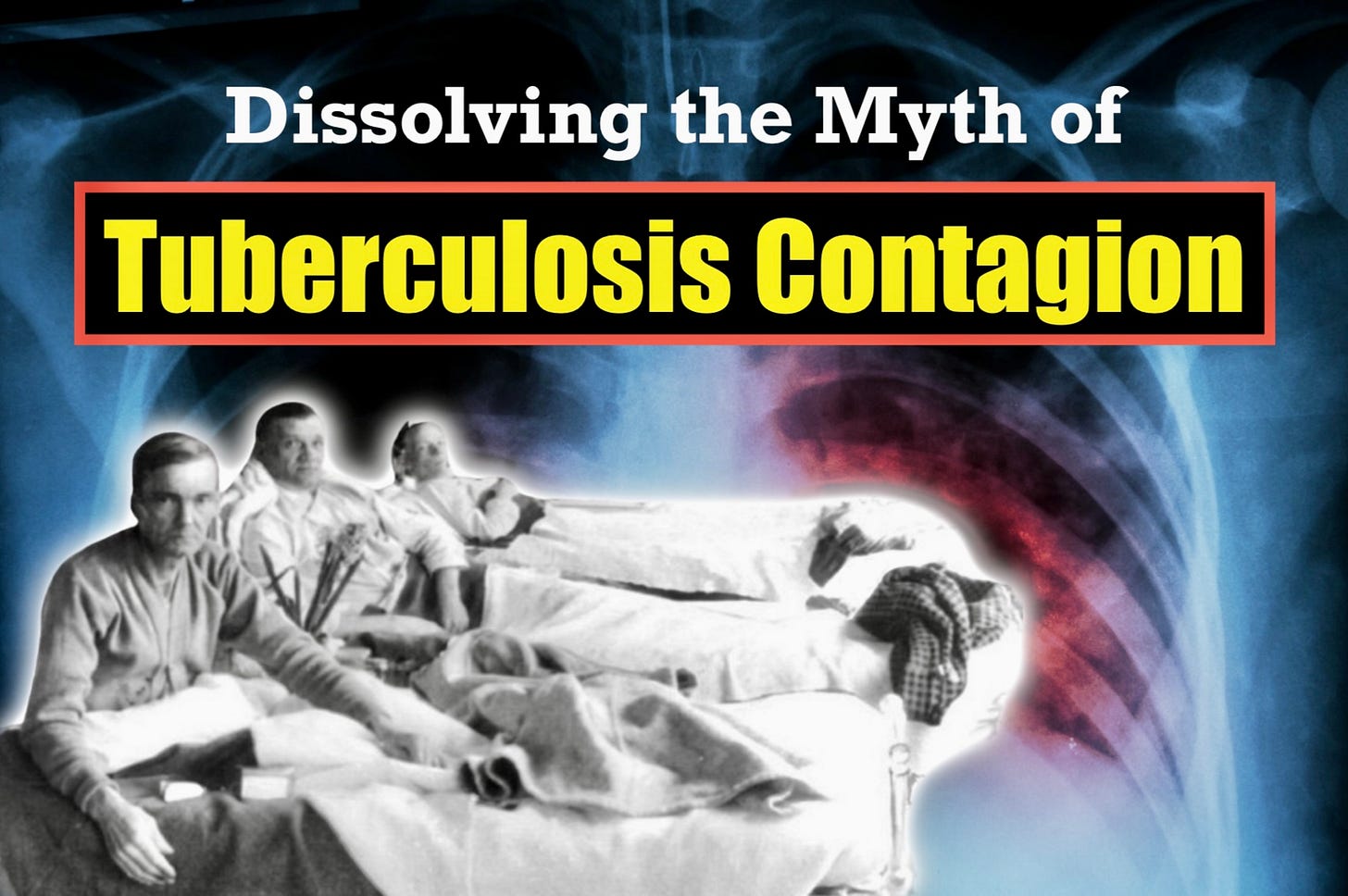


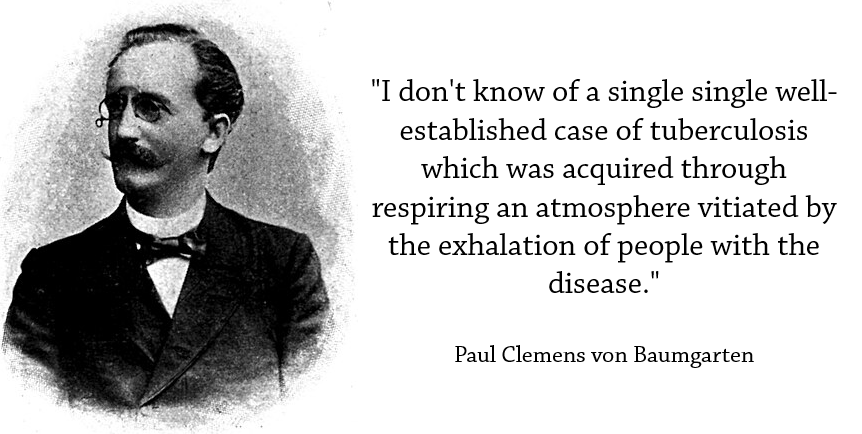


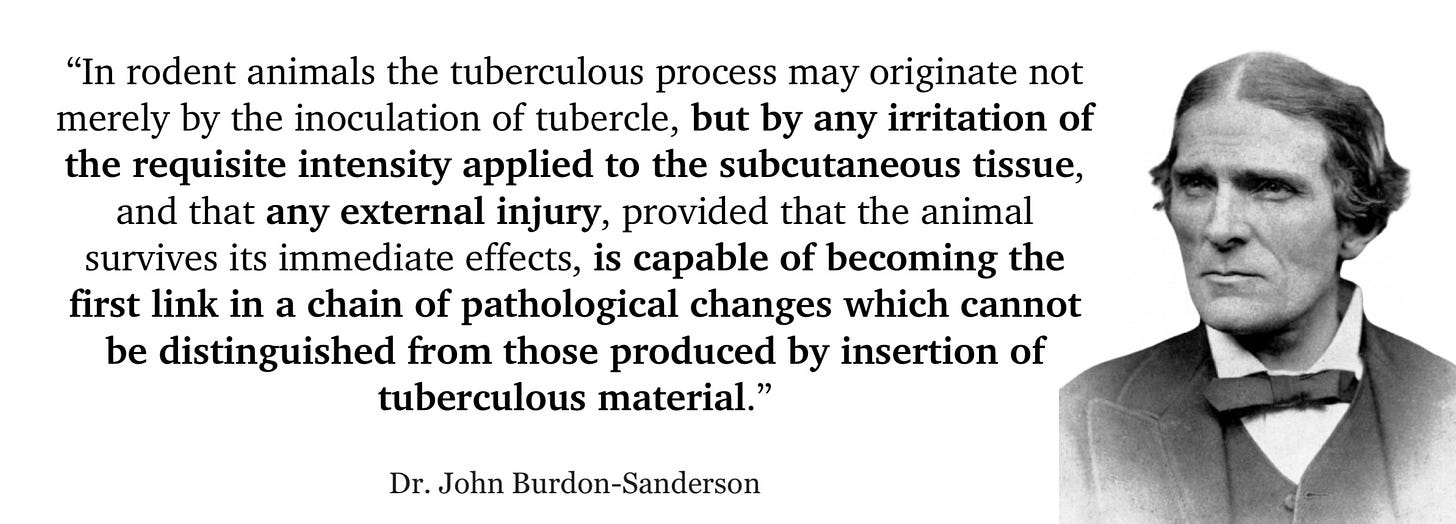





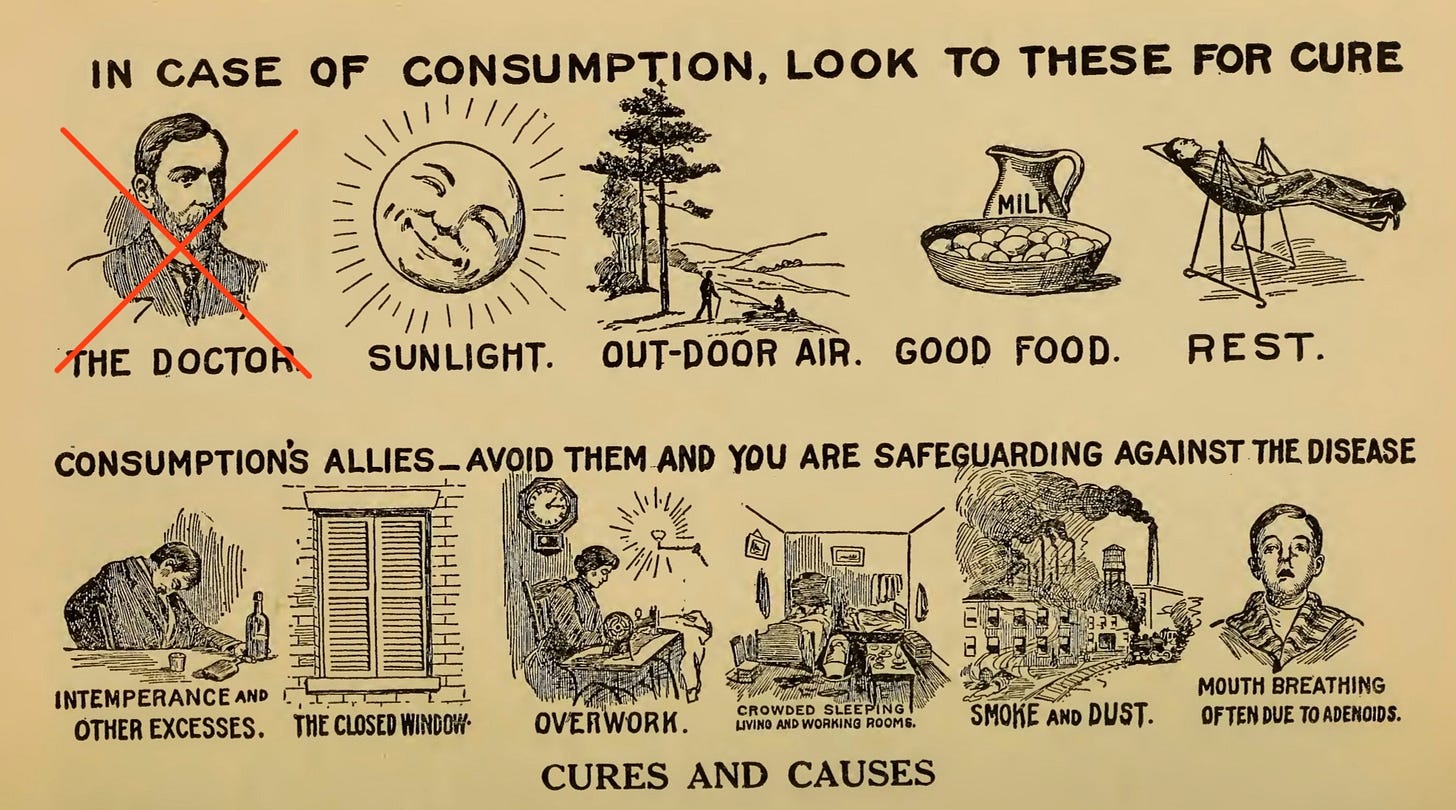
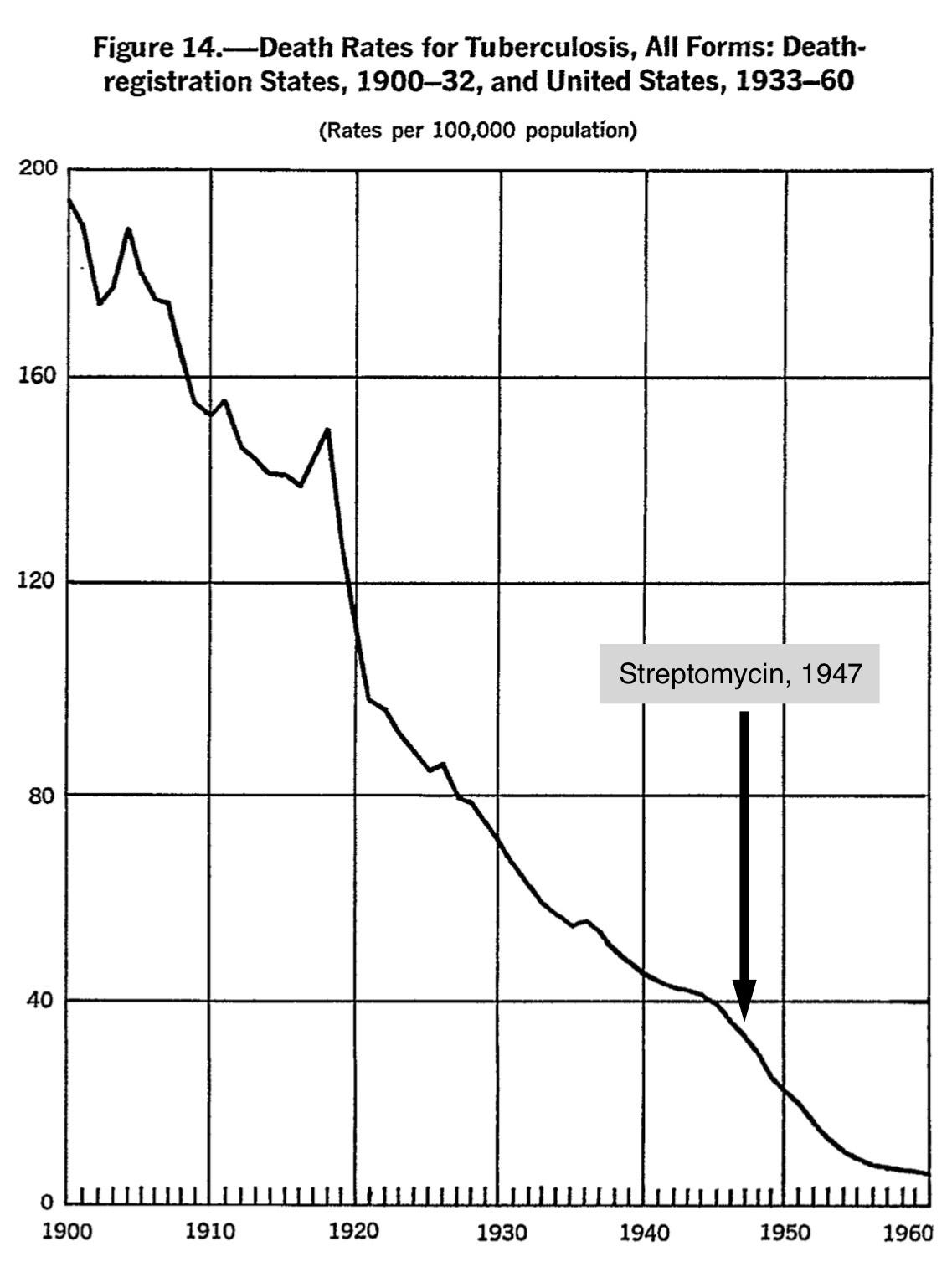
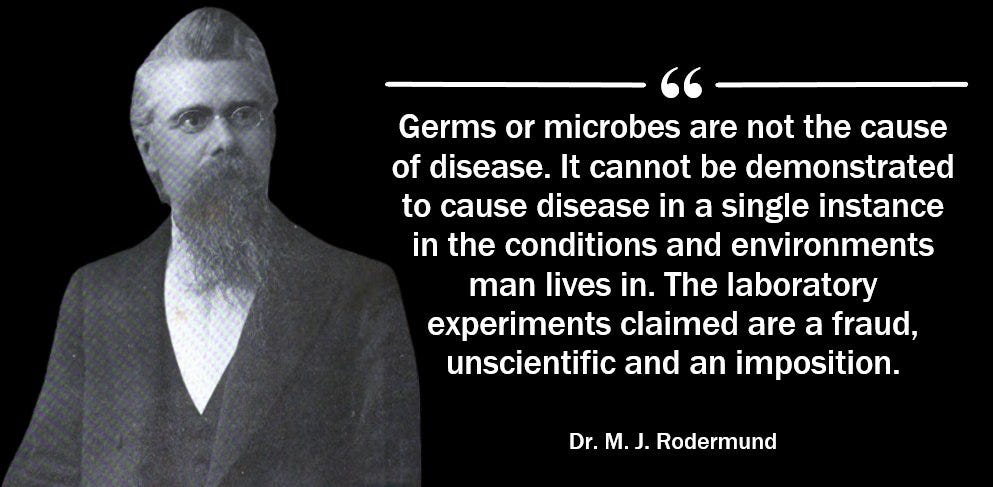



"The section of the medical profession who subsequently accepted the contagion doctrine were people who gathered their information from the laboratory, not from clinical experience."
This ☝️ is such a big problem - the complete and unchecked deference to lab "specialists".
Specialists in labs with their petri dishes, tests and microscopes are so far removed from reality that their explanations end up really having no bearing on plainly observable facts. The fact that those who are in a position to observe reality completely ignore their own observations in favour of those observations made in a pseudo-reality is truly nonsensical. Clinical experience should really inform laboratory work and not the other way around.
Great article, thanks for your hard work.
"In discussing this side of the question I will start out with the fundamental and self-evident proposition that, if other things are the same, those who are most exposed to a contagious disease are most liable to contract it. It is inevitable, therefore, that physicians, nurses and attendants of consumption hospitals, and intimate relatives of consumptive patients are more subject to the disease than those who are but seldom exposed. What are the facts?"
This is something that had never occurred to me because I never thought about it. But it became GLARINGLY obvious during COVID and you have to smack yourself in the head when you think about it in retrospect.
Not only the doctors and nurses and so on, but flight attendants, grocery store employees, bartenders, etc. any employment in which you share an enclosed area with upwards of hundreds to thousands of complete strangers every working day, should be getting sick with almost 100% certainty every year, with one of the myriad of purportedly infectious agents spreading amongst the public at any given time. If not 100%, an enormous and noticeably larger percentage of the time. Many of them, in fact, would get sick multiple times per year. (As per, say, someone who eats rotting or poisoned food on a regular basis would regularly get food poisoning, someone breathing in the "contaminated air" on a regular basis should regularly get the "air poisoning").
They then becoming "poisonous air factories", their entire households should likewise regularly and perhaps just chronically get sick.
And they don't. They don't get any sicker than anyone else. Not during COVID, not during flu season, not during nuthin'.